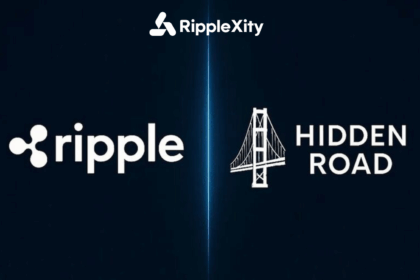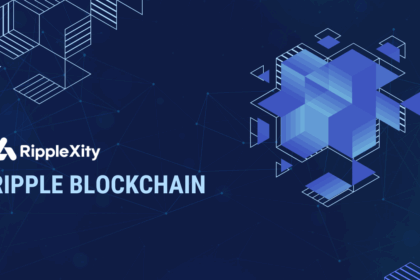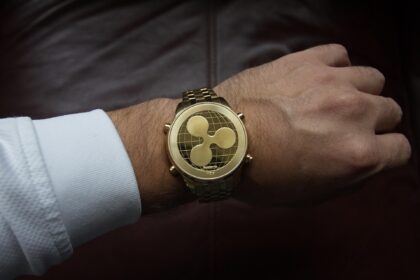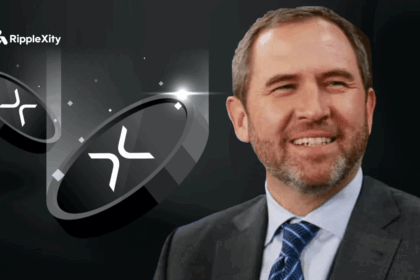In a world where nearly 1.4 billion people remain unbanked, access to basic financial services is still a luxury for many.
Traditional banking systems — often centralized, slow, and cost-prohibitive — have failed to reach remote and underserved populations. But with blockchain technology, change is underway. And Ripple is at the forefront.
By leveraging the XRP Ledger (XRPL) and building innovative partnerships across emerging markets, Ripple is tackling one of the most important challenges of our time: financial inclusion.
The Global Problem of Financial Exclusion
Billions of people around the world still:
- Lack access to a bank account
- Pay high fees for remittances
- Can’t obtain credit or savings products
- Operate solely in cash-based economies
These limitations restrict economic growth, education, healthcare access, and entrepreneurship, creating a self-perpetuating cycle of poverty.
Legacy financial institutions either avoid these markets due to high onboarding costs, low profitability, or regulatory complexity — leaving vast populations disconnected from the global financial system.
Ripple’s Solution: A Blockchain-Based Financial Network
Ripple offers a transformative solution through:
- 🪙 XRP Ledger (XRPL): An open-source, decentralized ledger capable of processing fast and affordable transactions.
- 🌐 RippleNet: A payment network that connects banks, fintechs, and mobile money providers across borders.
- 💱 On-Demand Liquidity (ODL): Enables real-time currency conversion using XRP as a bridge, removing the need for pre-funded accounts.
With these tools, Ripple helps microfinance institutions, remittance firms, and regional banks serve customers who were previously unreachable.
Real-World Impact: Use Cases Across the Globe
Ripple’s financial inclusion strategy isn’t just conceptual — it’s already in motion:
🇵🇭 Philippines
Partnerships like Ripple x Coins.ph help millions of Filipinos receive remittances at a fraction of the cost.
🇲🇽 Mexico
Through Ripple’s collaboration with Bitso, cross-border payments from the U.S. to Mexico have become faster and 60% cheaper than traditional methods.
🌍 Africa & MENA
Ripple is actively expanding into Africa and the Middle East through remittance corridors and central bank collaborations — providing blockchain rails where banking infrastructure is weak or non-existent.
Why Ripple Stands Out
Unlike many blockchain projects that prioritize DeFi speculation or NFTs, Ripple maintains a real-world, use-case-first approach.
Its enterprise-grade network supports regulated financial institutions, yet remains open for developers and innovators building on XRPL.
Key features making Ripple a natural fit for financial inclusion:
- ✅ Low transaction fees
- ✅ No need for a bank account
- ✅ Compatible with mobile money systems
- ✅ Supports tokenization for local currencies and assets
Looking Ahead
Ripple’s mission to create an Internet of Value — where money moves as freely as information — aligns perfectly with the vision of an inclusive global financial system.
As more governments, NGOs, and fintechs seek scalable, transparent, and cost-effective solutions, Ripple’s infrastructure could become the de facto standard for inclusive digital finance.
At Ripplexity, we will continue to document how blockchain innovation, powered by Ripple, is breaking barriers and bringing financial services to the people who need them most.










